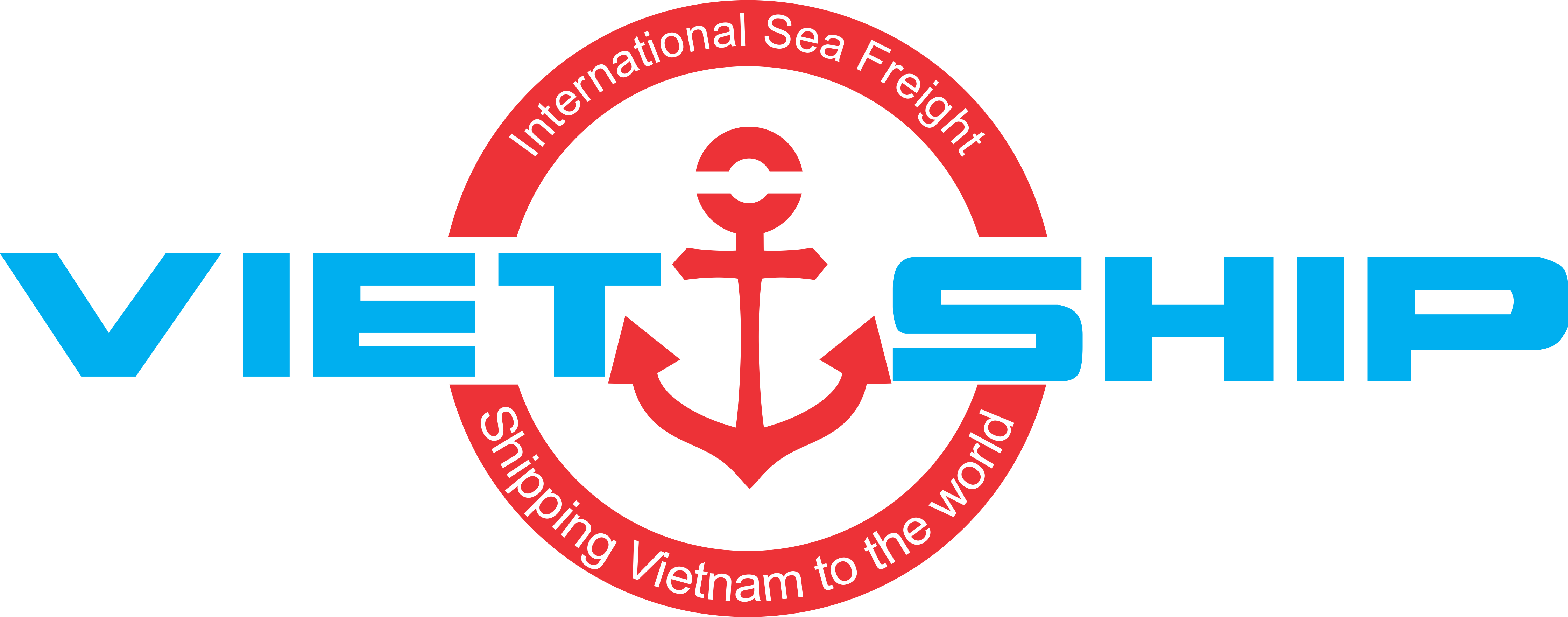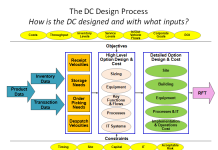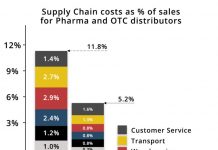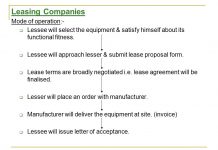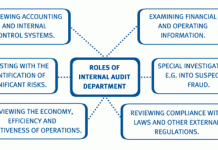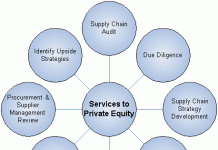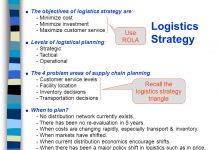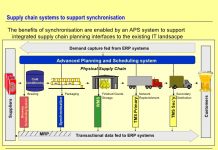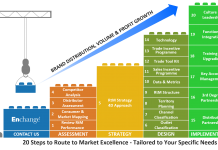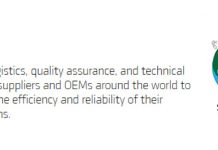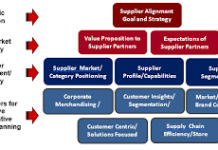Table of Contents
Our recent surveys have shockingly revealed that 61% of businesses do not have a documented Supply Chain strategy yet. Of those businesses, most believe their business performance suffers as a consequence.
Without an effective strategy in place you won’t know whether your Supply Chain is underperforming and impacting on your business bottom line.
Say you do have a Supply Chain and Logistics Strategy. Ask yourself:
- Is your Supply Chain and Logistics Strategy effective?
- Does it support your business strategy?
- Is it well understood across your business?
The right Supply Chain strategy or Logistics strategy will drive reduced costs, better customer service and improved profits.
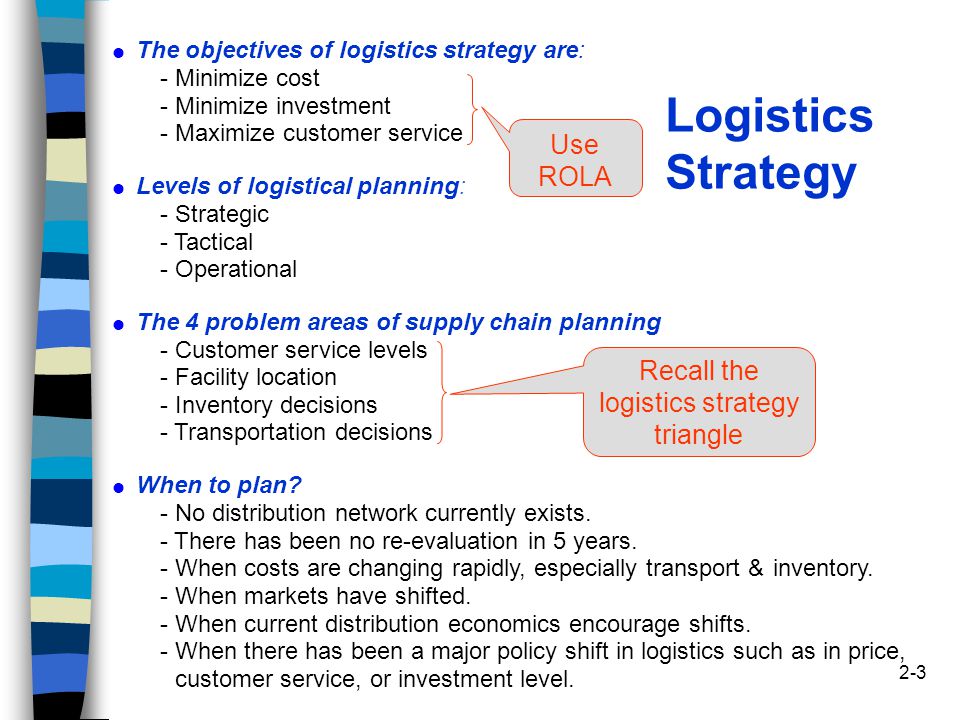
Supply Chain Strategy is really NOT that Hard to Get Right
At the Logistics VietShip we have experience of effectively developing and implementing Supply Chain strategies across many countries and many industries including Retail, FMCG, Healthcare & Pharmaceutical, Industrial and many others.
Our senior staff are able to work with you to develop the right Supply Chain strategies to achieve your business goals, as well as ensuring engagement and commitment from your management team.
Contact a senior staff member at Logistics VietShip by calling them directly here.
The Outcomes
In developing and implementing an effective Supply Chain strategy for you, our pragmatic approach will aim to deliver:
- A clear Supply Chain strategy that supports the business strategy and goals.
- A Supply Chain strategy that is well understood and supported by all key business functions.
- A Supply Chain strategy that maintains a clear focus on the required outcomes and can easily be tracked and adjusted to maintain Supply Chain performance.
- And most important! A Supply Chain strategy that reduces costs and improves customer service.
Our Focus
The focus of this work involves aligning a company’s supply chain strategy to its business strategy. In situations of high growth, companies need a flexible supply chain to ensure that their growth plans can be absorbed at an incremental cost. In more certain demand situations companies should aim to ensure that their supply chain operates to optimum levels, with balance between service and cost.
This work often features:
- Overall development of Supply Chain Strategy
- Alignment of customers and suppliers to internal company operations
- Alignment of marketing and sales plans to supply chain strategy
- Alignment of capital expenditure to supply chain operations
- Alignment of HR strategy to supply chain operations
- Alignment of supply chain strategy to meet investment aims
- Alignment of supply chain strategy to meet growth targets
- Optimisation of supply chain to meet wider business goals
Supply Chain Strategy Development
As part of our work, we often assist companies in developing and documenting a Supply Chain Strategy, Logistics Strategy or Distribution Strategy.
This normally takes place as a series of facilitated planning workshops, with a senior cross functional team involved. At the completion of the workshops, the company has a documented Supply Chain Strategy, with objectives, actions plans, timelines and responsibilities.
Whilst the workshops are tailored to the specific needs of the company, in simple terms, they tend to go through the following stages, if using an issues based approach:
- Review of overall business strategy
- Develop Supply Chain Vision and Mission
- Review of existing Supply Chain and known issues
- Further issue identification
- Develop issue themes
- Prioritise issues
- Creation of issue teams
- Development of objectives, strategies and tactics
- Implementation planning
This planning approach has proved highly successful and is structured so as to enhance team participation and commitment.
The focus of our planning approach, is to ensure that the Supply Chain strategy is clearly focused on the end game needs of the business, rather than the enabling ‘means’. This ensures , particularly in large and multi divisional businesses, that all parts of the business are focused on achieving the objectives, rather than sub optimising individual change projects.
